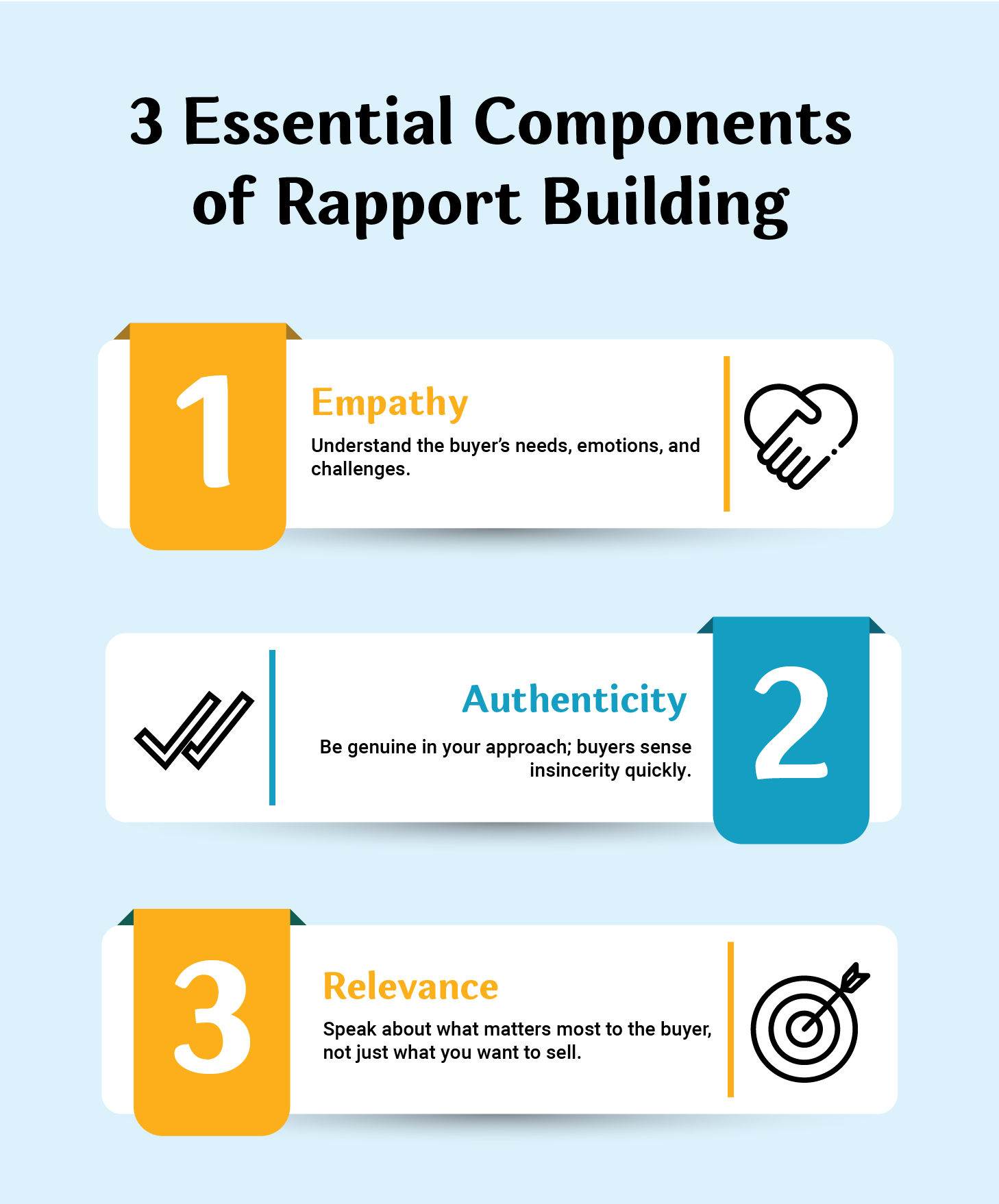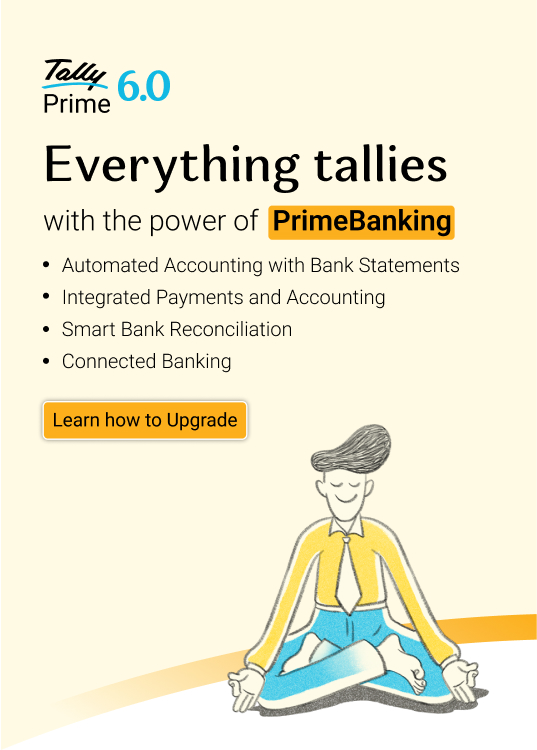Sales closing is a critical component in driving overall business growth and ensuring the long-term success of an organization. To maintain a healthy and scalable sales ecosystem, it is recommended that companies aim for a new customer acquisition rate of approximately 10%-12%, maintain a customer churn rate below 2%–3%, and target 30% annual revenue growth. Achieving these benchmarks enables the organization to:
- Generate consistent and predictable revenue
- Improve sales forecasting accuracy
- Enhance sales team productivity
- Meet financial requirements essential for sustainable operations
By focusing on effective sales closing strategies, businesses can strengthen their market share, build customer loyalty, and ensure continued profitability.
On the other hand, failing to close sufficient sales can have serious implications for the business:
- We lose the leverage needed to negotiate effectively with customers and partners.
- We risk falling short of revenue and performance targets.
- We become unsustainable in a competitive market, jeopardizing long-term growth and stability.
The 7 roadblocks standing between you and a closed deal
Sales closing is a learnable skill, no one is born knowing how to overcome the challenge of closing sales. It’s a skill, one that can be learned, practiced, and mastered. The sooner we develop this ability, the stronger our sales outcomes will be. In the entire sales cycle, salespeople usually face 7 key challenges.
The first three challenges occur during the sales process itself. If not addressed early, they become difficult or even impossible to fix by the time you reach the closing stage.
That’s why it’s critical to identify and resolve these issues before you reach the final pitch.
Let’s begin by discussing these first three challenges in detail.
1. Establishing a meaningful connection
Did the salespersons successfully establish a meaningful connection with the buyer?
“You connect before you start communicating to end up in closing.”
Connect ------- Communicate -------- Close
The art of Rapport Building helps you establish a connect with your buyer. If you fail to establish a connection with the buyer, he will talk to you but won’t listen to you. If your buyer is in a "No Listening mode" no transaction is possible.
2. Not focusing on the why
Did the salesperson focus on the "Why?" during the sales process to uncover the buyer’s true needs and motivations?
“Feeding the ‘What’ is not enough you need to give them the 'Why'?”
Why buyers don’t buy, even when they understand the product. How many times have you seen this happen?
A salesperson confidently lists all the product features. The buyer understands every detail but still doesn’t feel motivated to buy.
Why?
Because the salesperson only communicated the “What” of the product/service. They failed to deliver the “Why”, the reason it matters to the buyer.
Without the “Why,” there’s no emotional or business connection. And without that connection, sales closing becomes nearly impossible. It’s logical, isn’t it?
3. Failing to engage and influence the buyer
Is the salesperson mastering the art of engaging and influencing customers to drive more sales closures?
When a salesperson presents the benefits of a product or service, the tone matters. Is it a captivating invitation or a fulfilling explanation?
- Persuasive tone:
"I think this product can help you save up to 18% through better waste control."
- Fulfilling tone:
"Let me explain how this product can help you maximize waste control. First, it reduces spillage by... then it optimizes usage by..."
While both approaches have merit, the persuasive tone sparks curiosity and desire. It plants a seed of interest and leaves the customer wanting more. That’s the key, make your customer salivate for the next benefit before you reveal it.
Always attract and entice before you serve. That’s how you keep them engaged and close the deal.
Now let’s explore the second set of challenges, that are rooted in your soft skills. These challenges don’t arise from your product or process, but from how you communicate, connect, and influence during the sales journey.
Let’s examine each of these soft skill challenges one by one to understand how they impact your ability to close sales and how you can overcome them.

4. Hesitation to close
Is the salesperson consistently applying the "Always Be Closing (ABC)" mindset throughout the sales process to drive results?
There is no right time to do sales closing. If someone has told you that wait for a Buying Signal wherein you can see the size of the customer's ear's growing in size (obvious signals) or measure the increase in heart rate due to secretion of adrenalin (not so obvious signal), I want to establish today that every time is right to attempt a sales closing.
How?
After explaining a benefit and establishing financial benefit to the buyer, attempt a soft closing by asking this question very clearly:
"Are we ready to start enjoying the fruits of this product asap? Shall we go for it now?"
The buyer may dilly dally but that is ok. It has been seen that 3–4-part closings lead to a final closing. So, “Always be Closing.”
5. Poor closing scripts
Is the salesperson leveraging the power of a well-crafted closing script to increase conversion rates and drive successful sales closures?
A well-crafted closing script can make the difference between a lost opportunity and a successful deal. Simply asking, “Do you want to buy?” or pushing aggressively for a sale often leads to rejection. Instead, use strategic closing techniques that guide the buyer toward a decision.
a) The if–then close
Example: If you’re looking to benefit from property appreciation, then it’s wise to invest today.
This approach links a desired outcome with a timely action.
b) This or that close
Example: Would you prefer to drive this car home today, or should I arrange for it to be delivered to your house with our chauffeur?
This method gives the buyer a sense of control while subtly assuming the sale.
c) Price vs. value close
Example: Would you like to invest because it saves you money upfront, or because it helps you earn more than your investment over time?
This technique shifts focus from cost to long-term value.
d) Cost of opportunity close
Example: Let’s calculate the cost of not buying this product today…
Highlighting the potential loss of opportunity can create urgency.
e) Buy for yourself, not for me close
Example: Don’t invest in this product because I’m selling it—invest because it will generate returns for you through Benefit 1, Benefit 2, Benefit 3…
This builds trust and positions the salesperson as a partner, not a pusher.
6. Lack of conviction
Is the salesperson mentally prepared and focused on closing the sale with clarity and conviction?
The attitude to close a sale stem from a strong belief that your product can be sold. If your mental framework includes doubts like:
- The product is too expensive.
- Competitors offer something better.
- There are service issues with our product.
…then successful sales closing becomes nearly impossible.
Before heading out for a sales call, clear any such doubts. Once you're in front of the customer, never defeat yourself by believing your product cannot sell. Confidence and conviction are key.
7. Lag in follow-ups
The last and often overlooked challenge in closing sales is the number of follow-ups you do. Consistent, timely, and value-driven follow-ups are critical to converting interest into commitment.
Why multiple follow-ups matter?
“Visibility Drives Consideration”
A buyer typically starts considering you only after seeing you at least four times. Yet, most salespeople stop following up after just three attempts, missing the moment when real interest begins.
Follow-up with value, not desperation
When you go for a follow-up, ask yourself:
Are you delivering a Value Bomb, something insightful, helpful, or relevant to the buyer?
Or are you showing up with a Begging Bowl, just asking for the sale without adding value?
Every follow-up should reinforce your credibility and offer something meaningful. That’s how you stay top of mind and move closer to closing.
Understanding the 7 sales challenges
Out of the seven key challenges in sales:
- Three relate to your “Sales Ki Vidhi” – the structured sales process.
- Three are tied to essential soft skills – communication, empathy, and persuasion.
- The seventh challenge is embedded in the SOP (Standard Operating Procedure) of sales.
The power of value selling
To close effectively, you must embrace Value Selling, an approach focused on:
- Understanding and solving customer problems.
- Delivering economic impact like cost savings, time savings, competitive advantage, or risk mitigation.
And always remember your FAB:
- Feature – What the product does
- Advantage – Why it’s better
- Benefit – How it helps the customer
Example of value selling in action
A sales representative identifies a key pain point for a CEO: the burden of maintaining manual accounting reports. Instead of simply listing product features, the rep positions an automated solution that:
- Saves time by eliminating repetitive manual tasks
- Improves accuracy through real-time data processing
- Delivers measurable value by freeing up resources for strategic decision-making
This approach demonstrates value selling, focusing on solving a real business problem and delivering economic impact, rather than just pitching features.
The key is to continuously improve by understanding customer needs, identifying value propositions, and communicating benefits in a way that builds lasting relationships.

















